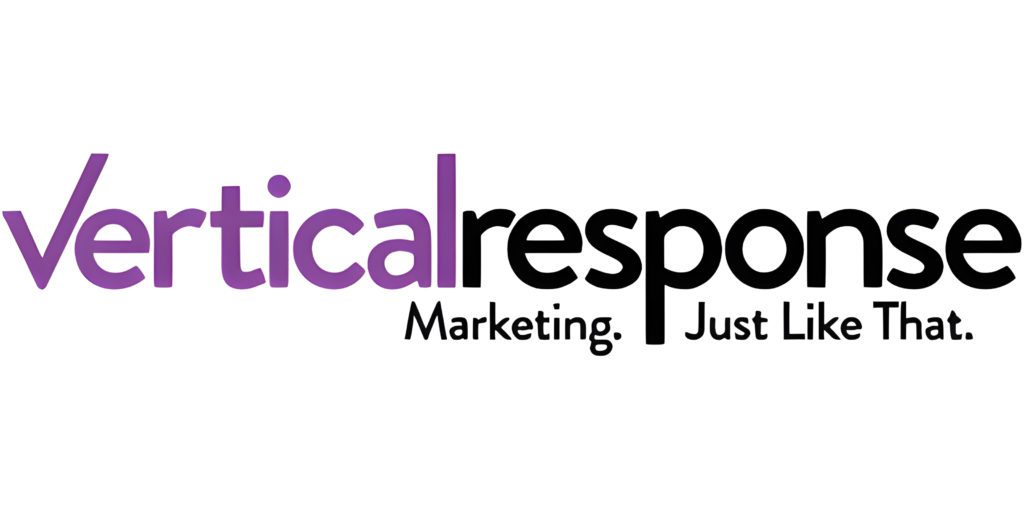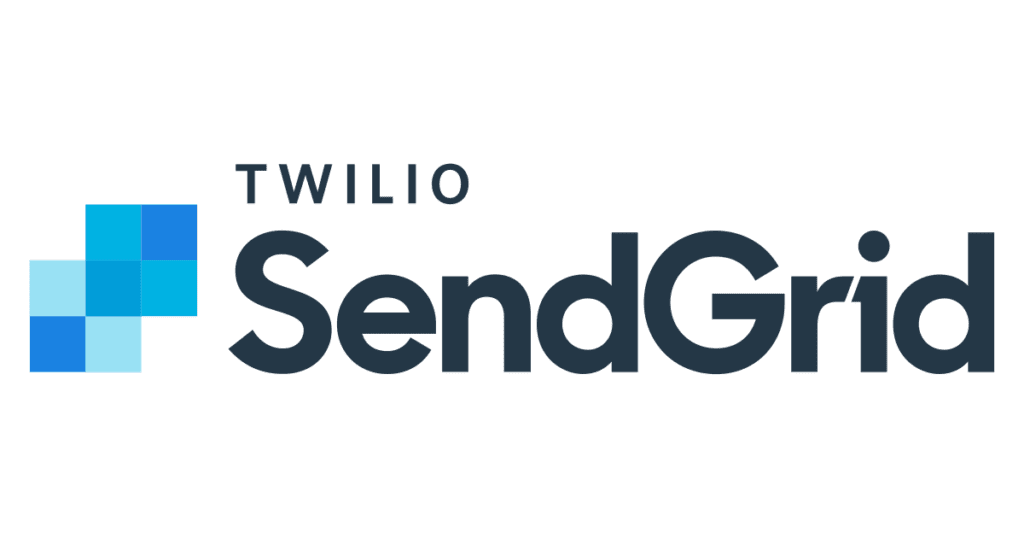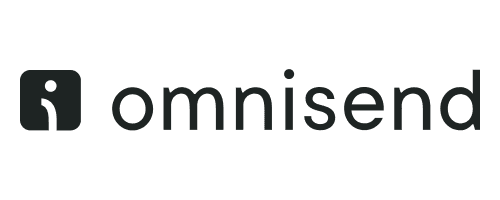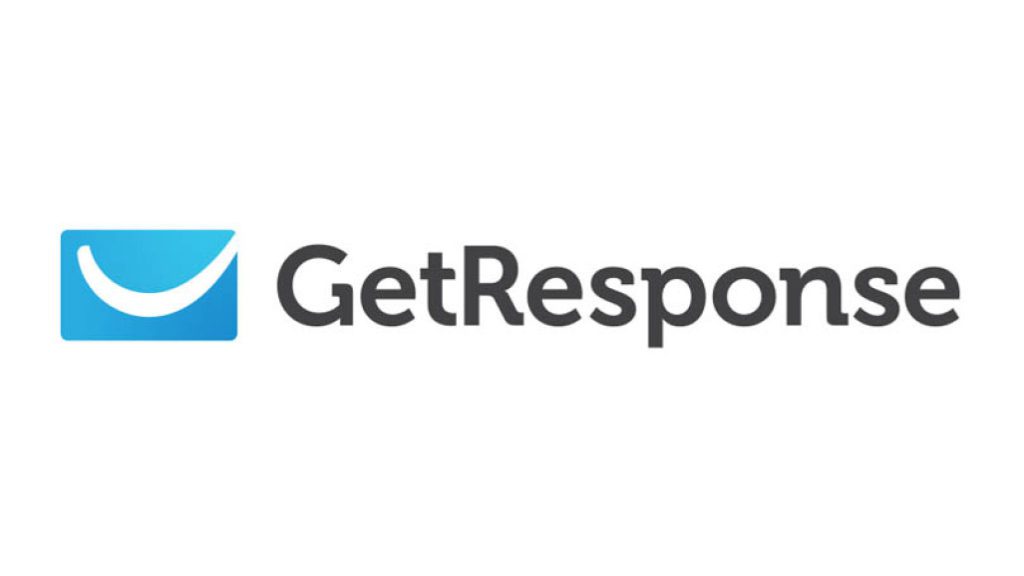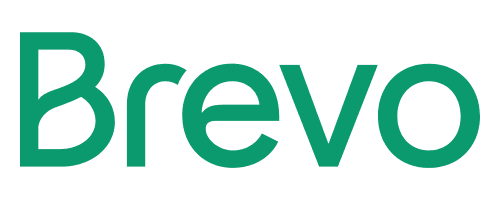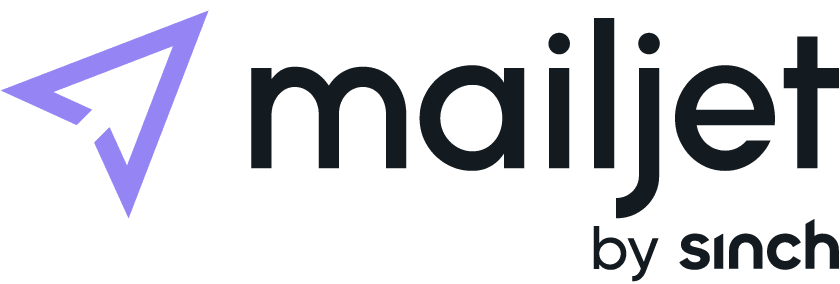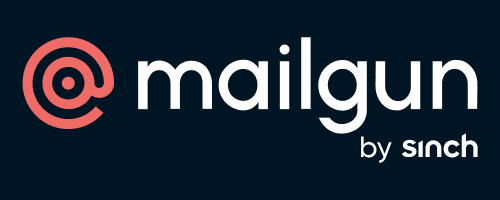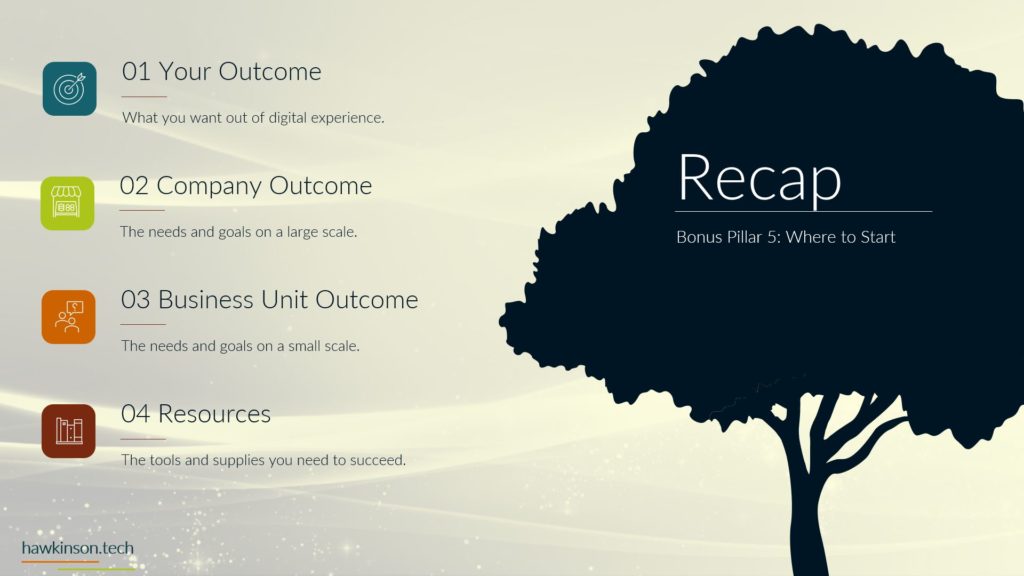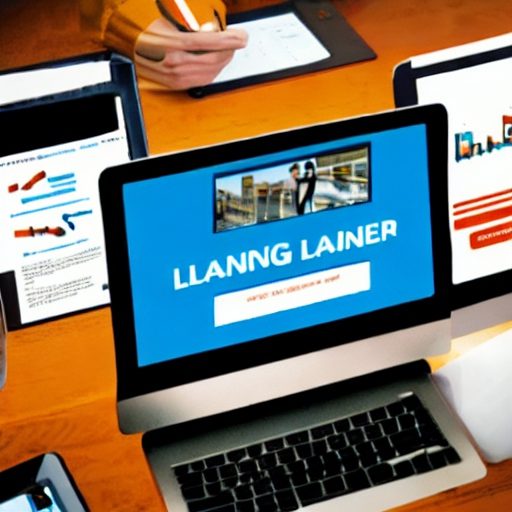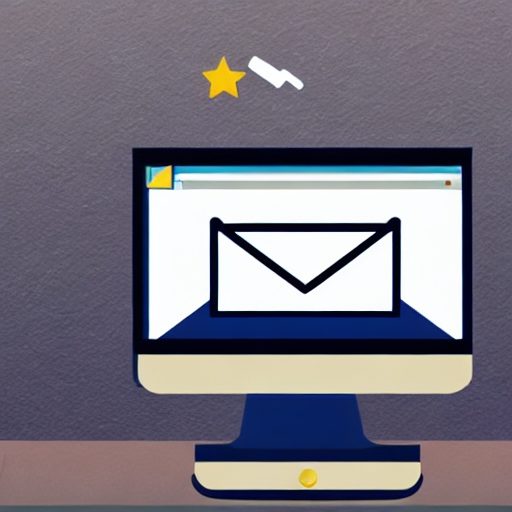Navigating the Digital Landscape
In today’s fast-paced business world, digital experiences have become paramount for organizations seeking to remain competitive and meet evolving customer expectations. Software is at the core of these experiences – the invisible bridge connecting users to the organization and its data. In this article, we will explore the crucial role of software in shaping digital experiences, from acting as an interaction interface to custom-built solutions catering to stakeholders’ needs. By understanding these aspects and optimizing software usage, businesses can create seamless digital journeys that drive success in the digital era.
Software as the Nexus of Interaction
Software is the foundation of every successful digital experience, acting as the pivotal interface that enables seamless interactions between users and the organization. Software resides on devices, creating portals that allow users to access, modify, and manage data effortlessly. Whether it’s a web application, a mobile app, or desktop software, software acts as a conduit through which users engage with the digital landscape.
Understanding the Role of Software as an Interaction Interface
Software serves as the medium through which users can access the organization’s various functionalities and services. From e-commerce platforms to customer relationship management (CRM) systems, software empowers users to initiate and complete tasks efficiently. Understanding the intricacies of software’s interaction interface is crucial for designing user-friendly and intuitive digital experiences.
Data Connectivity: Enabling Seamless Access to Information
Data is the lifeblood of any digital experience, and software plays a vital role in connecting users to the organization’s data repositories. From cloud storage to databases, software enables real-time access to relevant information, ensuring users have the data they need at their fingertips. Ensuring robust data connectivity is essential to avoid delays and create responsive digital experiences.
Security Considerations: Safeguarding Data and User Privacy
In the digital age, data security is of utmost importance. Software must have robust security measures to protect sensitive information from unauthorized access and potential cyber threats. We explore the best practices for data encryption, multi-factor authentication, and other security features that enhance the overall digital experience while instilling user confidence.
Tailoring Software to Individual Stakeholders
One size does not fit all when it comes to software solutions. Each organizational stakeholder has unique requirements and preferences when interacting with software. Tailoring software to meet these needs is crucial for optimizing the digital experience for different user groups.
Personalizing Software for Sales Representatives
Sales representatives need access to specific data, such as customer details, sales pipelines, and performance metrics. Customizing software to present relevant information in an organized and user-friendly manner empowers sales teams to make informed decisions and close deals effectively.
Addressing the Needs of Small and Medium-sized Businesses (SMBs)
SMBs have different requirements compared to larger enterprises. They need software that is cost-effective, scalable, and easy to implement. We explore the advantages of using low-code and no-code platforms, enabling SMBs to build custom applications without extensive technical expertise.
Optimizing Software for Customer Experience
The user experience is a crucial aspect of any digital journey. This section delves into the key principles of user interface (UI) and user experience (UX) design, ensuring that software interfaces are intuitive, visually appealing, and easy to navigate. A well-designed UI/UX enhances customer satisfaction and promotes repeat business.
Balancing Features and Cost for an Enhanced Experience
Selecting the right software involves striking a delicate balance between features and cost. This section discusses the trade-offs associated with different software solutions, ranging from off-the-shelf software to custom-built applications. While enterprise-level software offers advanced features, it may come at a higher price that smaller organizations may not need to spend. Evaluating cost implications and examining feature sets are critical steps in optimizing the digital experience while staying within budget.
Understanding the Total Cost of Ownership (TCO)
The cost of software extends beyond the initial purchase price. It includes maintenance, updates, training, and integration with existing systems. Analyzing the TCO allows organizations to make informed decisions about the software’s long-term impact on their budget and resources.
The Power of Off-the-Shelf Software
Off-the-shelf software offers pre-built solutions that cater to common business needs. We explore the advantages of ready-made software solutions and how they can be quickly deployed to meet immediate requirements. Additionally, we discuss potential challenges, such as limited customization and the need for third-party integrations.
Building a Business Case for Custom-Built Software
While off-the-shelf software may suffice for some organizations, others may require custom-built solutions to address unique challenges. Building a business case for custom software involves analyzing the potential benefits, identifying cost savings, and evaluating the competitive advantages it brings.
Exploring Software Acquisition Methods
Bringing software into an organization can be accomplished through various methods, each with its implications. This section explores software acquisition methods, including purchasing licenses, opting for monthly subscriptions, or building custom applications. We discuss the benefits and drawbacks of each approach, considering factors like cost, scalability, and ease of implementation. Aligning software acquisition strategies with long-term goals and budgetary considerations allows businesses to make informed decisions that enhance their digital landscape.
Buying Software Licenses: A One-Time Investment
Purchasing software licenses involves a one-time investment, granting the organization perpetual access to the software. We explore the benefits and drawbacks of this approach, including software version updates and long-term support.
Embracing Monthly Subscriptions: Flexible and Scalable Solutions
Monthly subscriptions allow organizations to scale their software usage according to their needs. We discuss the advantages of this approach, such as access to the latest software updates and the ability to add or remove users as required.
Building Custom Applications: Tailoring Solutions to Specific Needs
Custom-built applications cater to unique requirements and allow organizations to address specific pain points effectively. We explore the benefits of developing tailor-made software, including enhanced functionality, competitive differentiation, and full solution ownership.
Unleashing the Potential of Custom-Built Software
Custom-built software solutions hold immense potential, particularly in enterprise-level settings. This section showcases how organizations can leverage developers or development companies to build tailor-made software solutions that address specific pain points and challenges. Furthermore, we explore emerging opportunities, such as low-code and no-code platforms, enabling SMBs to build custom applications easily. Understanding the possibilities of custom-built software empowers organizations to create precise and efficient digital experiences that drive success.
The Role of Developers: Collaborating to Create Custom Solutions
Developers are crucial in crafting custom-built software that aligns with organizational goals. We discuss the importance of clear communication between stakeholders and developers, ensuring that the final product meets expectations and delivers tangible results.
Low-code and No-code Platforms: Enabling Innovation for SMBs
Low-code and no-code platforms offer innovative solutions for SMBs looking to create custom applications without significant technical expertise. We explore the benefits of these platforms, such as reduced development time and democratizing software development across the organization.
Elevating the Digital Journey through Software
As we conclude this comprehensive exploration of software’s pivotal role in empowering digital experiences, it becomes clear that software is the backbone of seamless interactions and data accessibility for stakeholders. By recognizing software as the interaction interface and customizing it to stakeholders’ needs, businesses can unlock the true potential of their digital journey. Striking the right balance between features and cost, and exploring various software acquisition methods, enables organizations to optimize their digital landscape effectively. The power of custom-built solutions further exemplifies how tailoring software solutions can cater to specific needs and propel businesses toward digital success.
In the ever-evolving digital landscape, businesses that harness the power of software will create experiences that stand out and thrive in the digital era. As technologies continue to advance, organizations must remain agile and adaptable, ready to embrace new software solutions that enhance the digital experience for their stakeholders. By prioritizing software as a crucial pillar of their digital strategy, businesses can build enduring customer relationships, drive operational efficiency, and pave the way for continued growth and success in the digital age.











